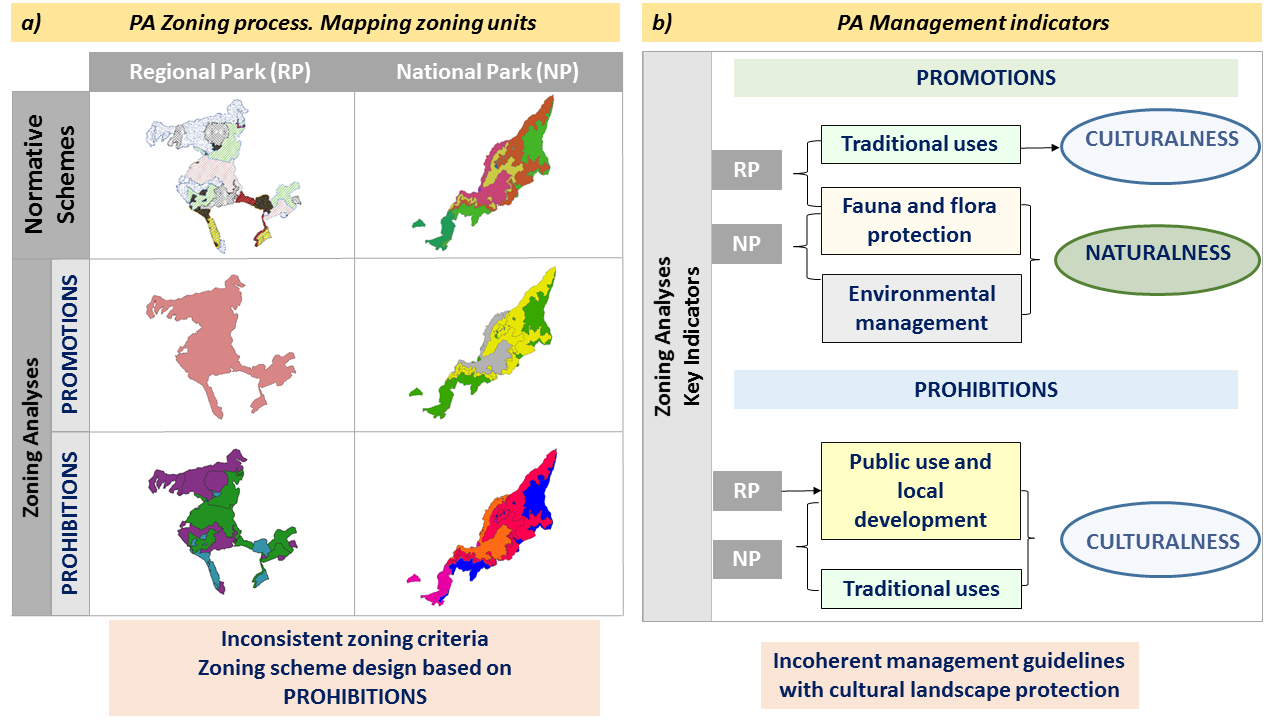Patricio Sarmiento-Mateos, Cecilia Arnaiz-Schmitz, Cristina Herrero-Jáuregui, Francisco D. Pineda, María F. Schmitz
Designing Protected Areas for Social–Ecological Sustainability: Effectiveness of
Sustainability 2019, 11, 2871
DOI: 10.3390/su11102871
RESUMEN
Rural cultural landscapes are social–ecological systems that have been shaped by traditional human land uses in a co-evolution process between nature and culture. Protected areas should be an effective way to protect cultural landscapes and support the way of life and the economy of the local population. However, nature conservation policymaking processes and management guidelines frequently do not take culturalness into account. Through a new quantitative approach, this paper analyzes the regulatory framework of two protected areas under different management categories, located in an ancient cultural landscape of the Madrid Region (Central Spain), to identify the similarities in their conservation commitments and the effectiveness of their zoning schemes. The results show some arbitrariness in the design and management of these parks, highlighting the importance of prohibited measures in their zoning schemes that encourage uses and activities more related to naturalness than to culturalness. The recognition of protected areas as cultural landscapes and their management considering both naturalness and culturalness issues are important methods of better achieving sustainable management objectives from a social–ecological approach. This methodological approach has proven useful to unravel various legislative content, and its application on a larger scale could reveal important information for the sound management of protected areas in cultural landscapes.
